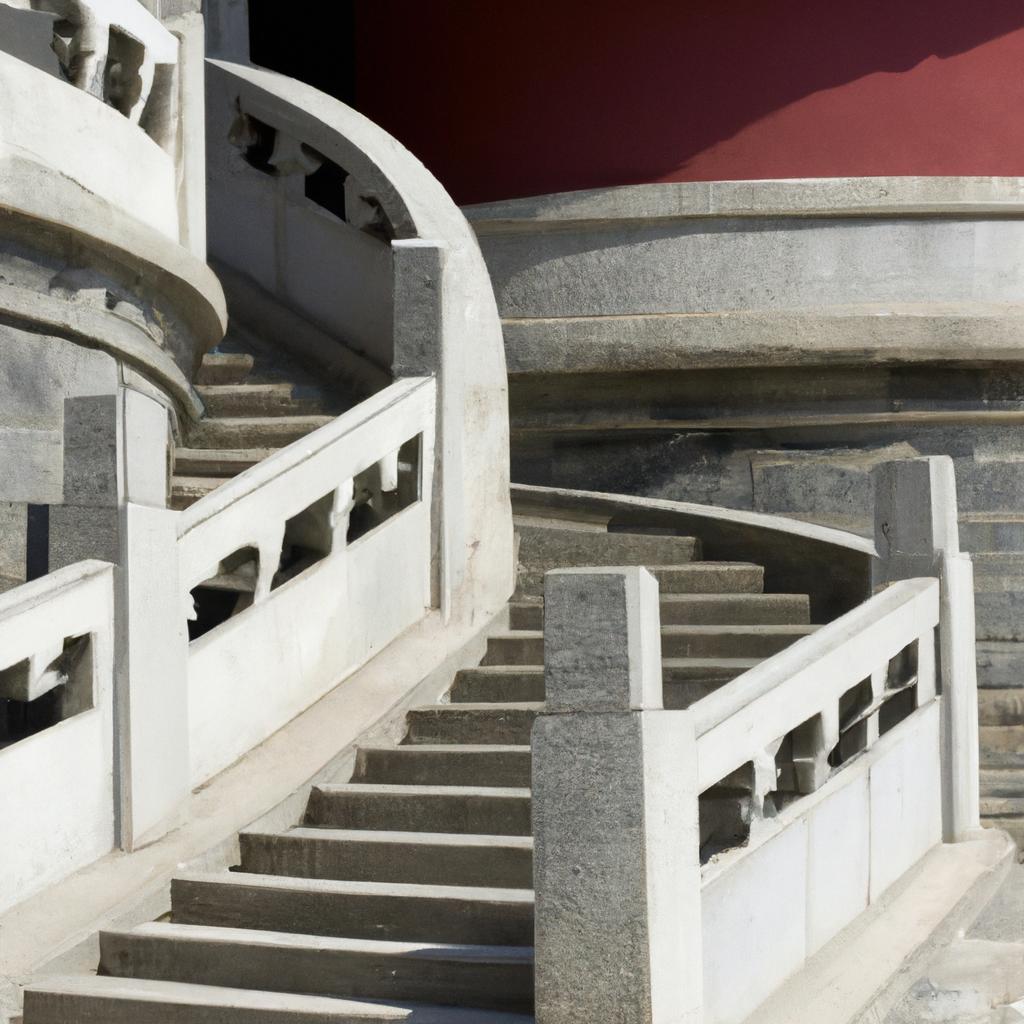Explore the rich history and diversity of stairs in china‘s architecture. From straight stairs to circular stairs, learn how stairs hold cultural significance.
Stairs have been an integral part of Chinese architecture for centuries, adding both functionality and cultural significance to the design. In this article, we will explore the history, types, and influence of stairs in Chinese architecture, shedding light on their rich cultural and historical value.
History of Stairs in China
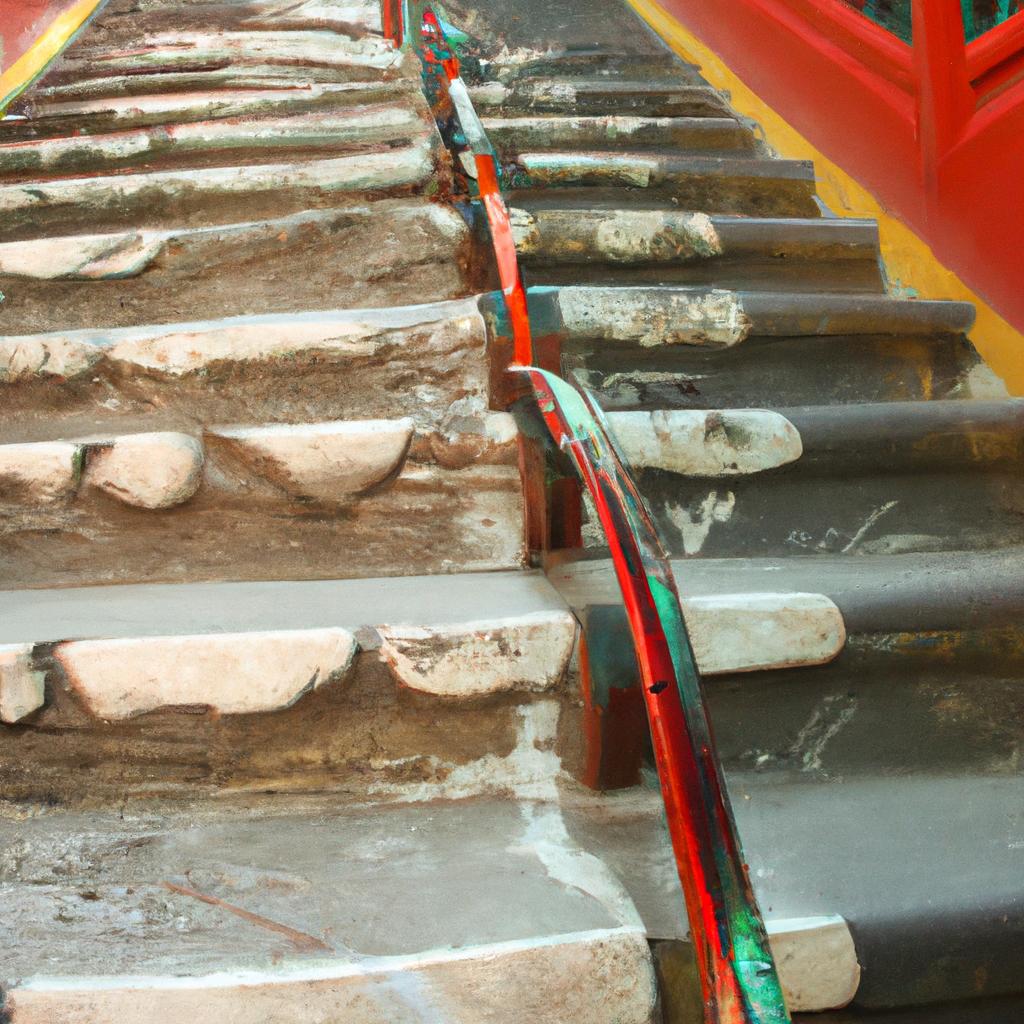
The history of stairs in China dates back to ancient times, with their usage evolving over different dynasties. During the Tang Dynasty, stone steps carved out of natural rock formations were used to connect building levels. As time went on, stairs became more elaborate during the Ming and Qing Dynasties, employing various materials like wood, brick, and stone.
Factors such as culture, religion, and geography influenced the development of stairs in Chinese architecture. From temple staircases to palace stairways, each structure showcases unique design elements. Winding and circular stairs gained popularity during the Ming and Qing Dynasties, elevating the elegance of buildings.
Stairs also served as symbols of power and status, with the number of steps and the quality of materials reflecting the importance of the building or occupant. For example, in the Forbidden City, the number of steps leading to the throne indicated the emperor’s power.
Types of Stairs in China
Straight Stairs
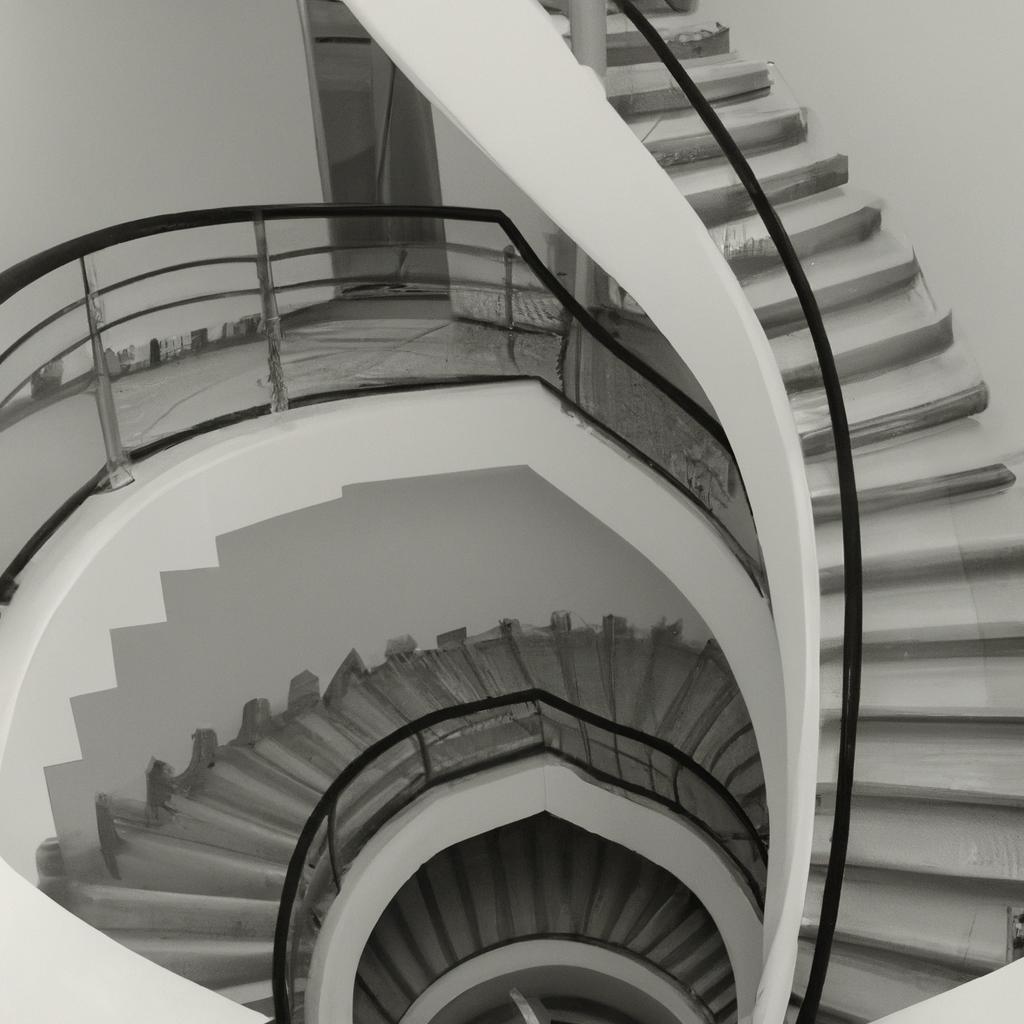
Straight stairs are the most common type found in Chinese architecture. They offer simplicity and functionality, with steps that ascend and descend in a straightforward manner. These stairs are typically built using wood or stone and are frequently encountered in temples, palaces, and homes.
Winding Stairs
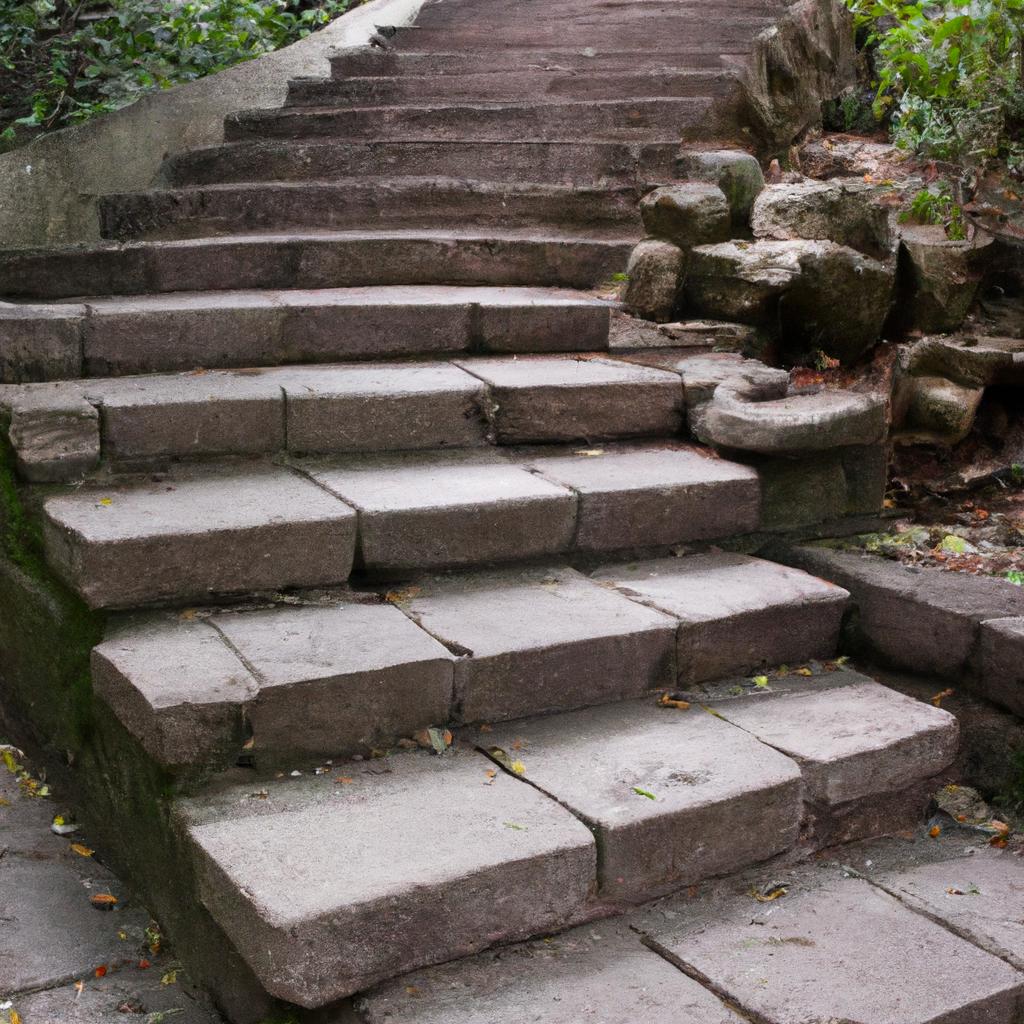
Winding stairs are often utilized in buildings with limited space. Featuring a central pole, these stairs have steps that elegantly wind around it. Winding stairs can be commonly found in pagodas and other religious structures.
Circular Stairs
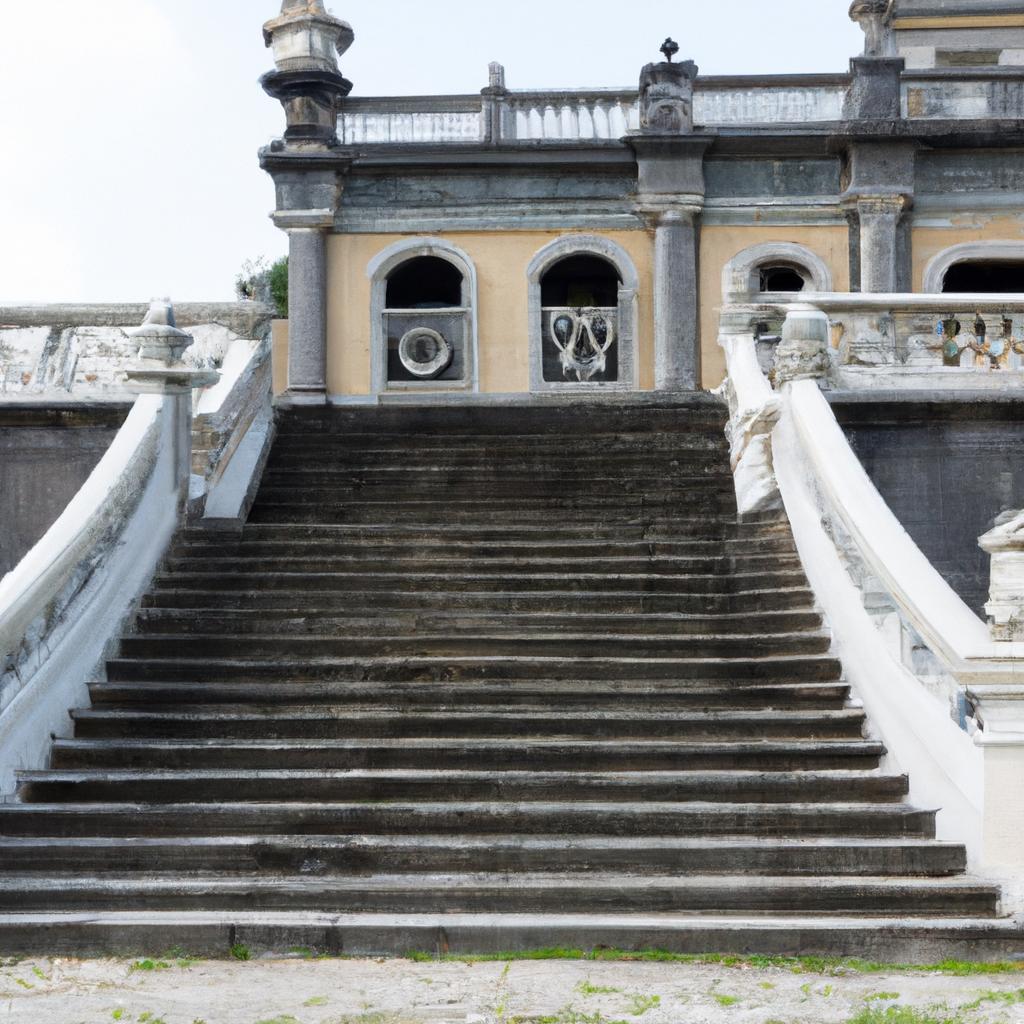
Circular stairs, resembling winding stairs, form a complete circle around a central pole. This type of staircase is frequently employed in towers, such as those found along the Great Wall of China.
Steep Stairs
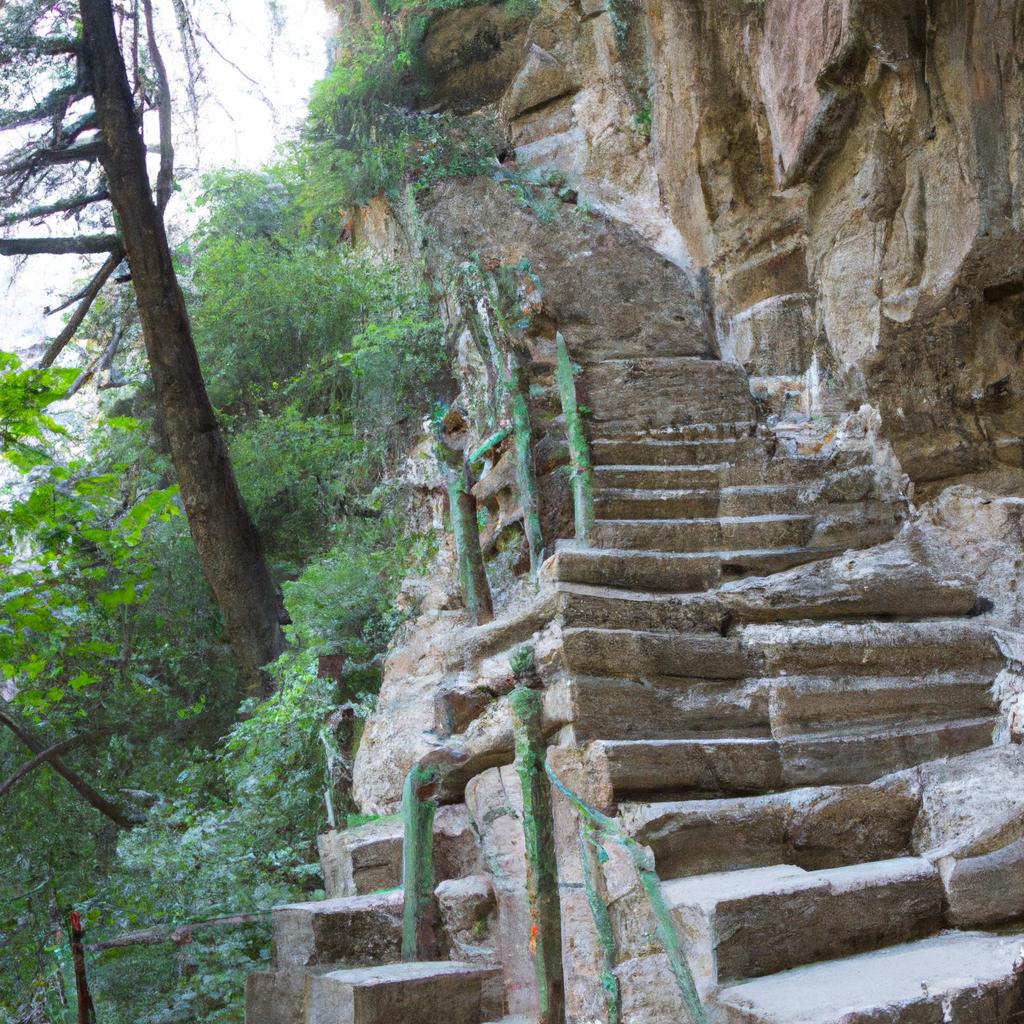
Steep stairs are designed to accommodate buildings situated on hills or mountains. These sturdy and functional stairs have wider and deeper steps, allowing for easier ascent and descent in challenging terrains.
Low Stairs
Low stairs, often made of stone or concrete, are situated closer to the ground and are primarily used in gardens and parks. These stairs prioritize accessibility while still retaining their aesthetic appeal.
The diverse range of stairs used in Chinese architecture showcases the creativity of designers and the various purposes they serve. This diversity stands as a testament to China’s rich history and culture.
Stairs in Chinese Landscapes
Stairs in China extend beyond buildings and can be found harmoniously integrated into the natural landscape. Throughout mountainous regions, stairs play a vital role in accessing scenic areas safely.
Stairs in Mountainous Regions

China boasts numerous mountainous regions, where stairs provide essential access. These stairs, often crafted from stone, blend seamlessly with the natural surroundings. Though the ascent may require physical effort, the breathtaking views from the top make it a worthwhile journey.
Stairs in Temples and Palaces

Stairs hold immense significance in temple and palace design, representing grandeur and reverence. Elaborate carvings and intricate designs adorn these majestic stairs, with the entrance stairs symbolizing respect.
Stairs in Gardens and Parks

Gardens and parks in China feature stairs designed to harmonize with the natural environment. Made of stone or concrete, these stairs are not only functional but also visually pleasing. They strike a balance between aesthetics and accessibility, enhancing the overall experience.
The inclusion of stairs in Chinese landscapes goes beyond functionality, serving as an integral part of the overall design while ensuring the safety of visitors.
Stairs in Modern China
As China embraces modernization, stairs in contemporary designs incorporate new materials and innovative concepts, meeting modern building standards.
Contemporary Stair Designs

Contemporary stair designs in China feature materials such as glass, steel, and concrete. These materials allow for sleek and minimalist designs that blend functionality and aesthetics seamlessly. Unique shapes and patterns, including spirals and helixes, add a touch of modernity to staircases.
Stairs in Modern Buildings

Stairs in modern buildings have transcended their functional role, becoming captivating design elements. Positioned prominently, these staircases contribute to the overall visual impact of the building. By incorporating materials that complement the architectural style, modern stairs create a sense of openness and spaciousness.
Changes in Stair Design and Construction

The process of modernization in China has also led to advancements in stair design and construction techniques. Builders now utilize cutting-edge methods and materials, resulting in safer, more durable, and easier-to-maintain staircases. Computer-aided design and manufacturing have made it possible to create complex designs that were once unimaginable.
Conclusion
In conclusion, stairs have played a significant role in Chinese culture, architecture, and landscapes for centuries. From ancient stone steps to modern and contemporary designs, stairs have evolved, becoming an integral part of China’s architectural style. They represent power, status, and the rich cultural heritage of the country.
As China continues to forge ahead into the future, we anticipate further innovations in stair design and construction. Nevertheless, the importance of stairs in Chinese architecture and culture will endure. At TooLacks, we celebrate the splendid history of stairs in China and eagerly anticipate the continued evolution of this remarkable architectural element.
To learn more about our passion for architectural marvels and design, visit TooLacks.
